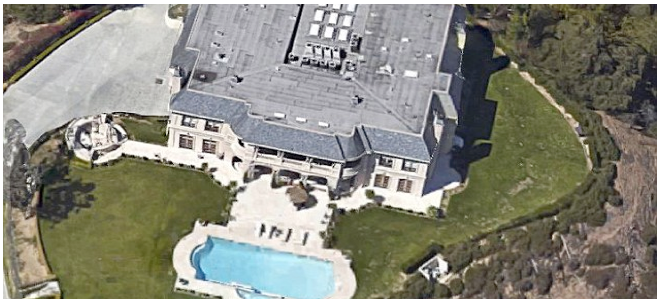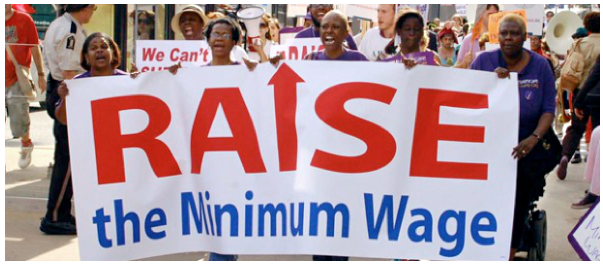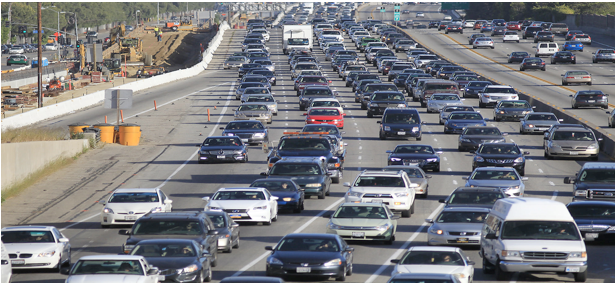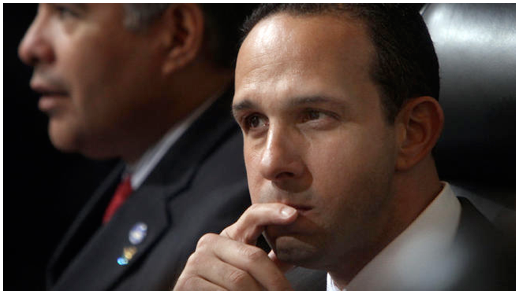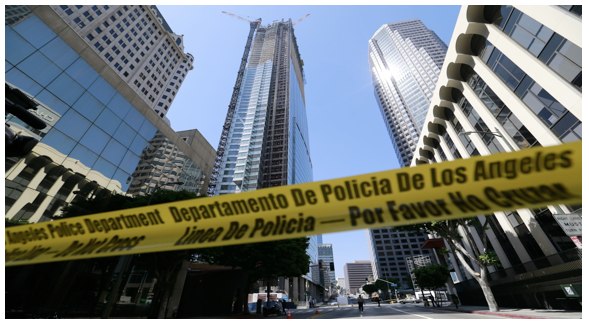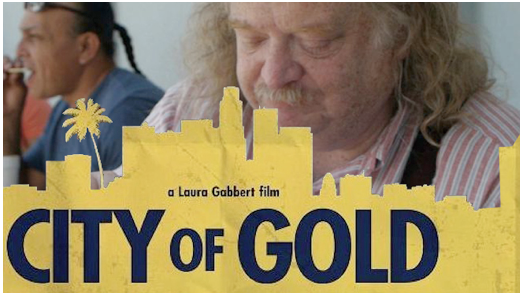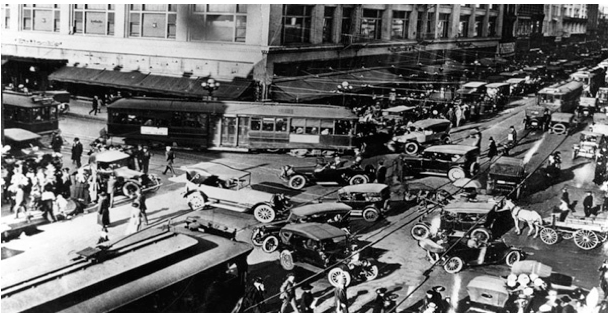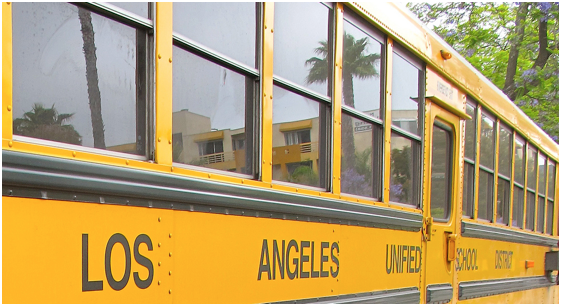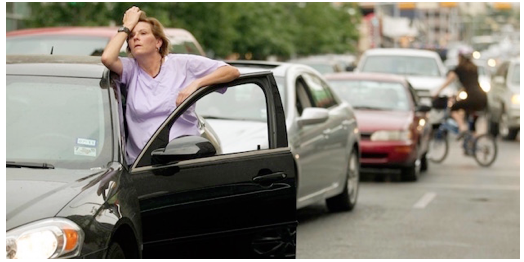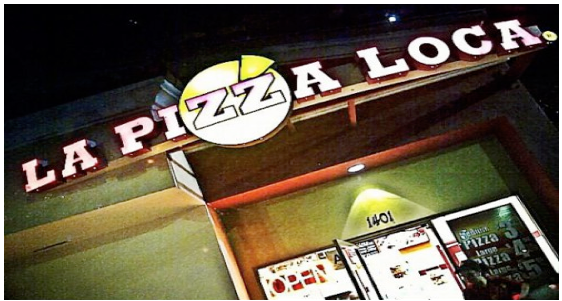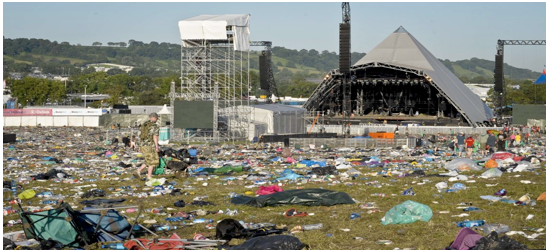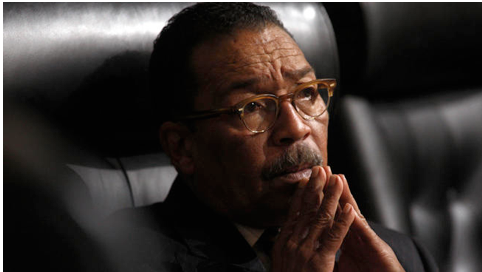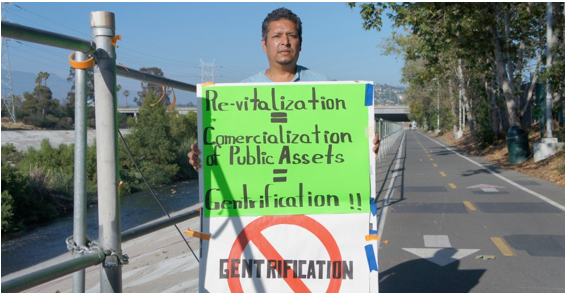HEALTH POLITICS--It is the stuff of comic book battles: A billionaire’s massive bets against sunny LA’s nutritional supplement powerhouse Herbalife and on frigid Canada’s booming Valeant Pharmaceuticals.
It has been a rough few years for the LA Live-based Herbalife. There were investigations by the Federal Trade Commission, Securities and Exchange Commission and Department of Justice.
Listening devices, according to Fox Business Network, were found in its headquarters. It was sued by distributors. And activist hedge fund billionaire Bill Ackman bankrolled a documentary attempting to prove Herbalife was a Ponzi scheme. He wagered a billion dollars as well as his reputation to “short” it, (i.e. bet against its stock price, which dipped below $30 per share in January 2015) predicting that it would soon become worthless.
Funny, odd really, how things can change in a year.
Other fund investors, including Carl Icahn and George Soros, bet the other way for a while or longer. While investigations uncovered some accounting irregularities, Herbalife was cleared of Ackman’s primary accusation. The distributor lawsuit was dismissed by U.S. District Judge Dale Fischer. As of last Friday, its stock hit a 52-week high of $62, with each upward tick costing Ackman and his clients millions of dollars.
That alone would constitute a great victory for Herbalife, slaying its bullying nemesis. But the story gets much better (or worse) from there, depending on your perspective.
Ackman’s concentrated approach to investing, to oversimplify things, is contrary to diversification. The Harvard MBA makes enormous high-risk/reward investments in just a few companies and industries. In recent years, his New York-based Pershing Square Capital, delivered bountiful returns for his clients that were so gaudy, other hedgies mirrored many of his investments.
As they say in infomercials, “but wait, there’s more!”
Ackman accumulated a gigantic stake in Wall Street darling Valeant Pharmaceuticals which, instead of focusing on research and development, grew by acquiring competitors (although it failed in its bid to buy Allergan), jacking up prices, slashing expenses, and saving on taxes by relocating to Canada.
As recently as last August, Valeant sold for nearly $264 per share, with Ackman holding 17 million shares, soon to own much more, but due more to avarice than competence.
In September, Valeant’s price dropped to $170 due in part to Congressional inquiries about price gouging in the Big Pharma world. It was also due to its relationship with a dubious drug distributor named Philidor Rx Services, which, according to influential short-seller Citron Research, helped Valeant inflate its earnings claims with a shell-game-like network of companies.
Valeant plunged to below the $100 range by the end October when Citron doubled-down and referred to Valeant as a “pharmaceutical Enron” and Tweeted “$VRX has a better chance of going to 0 than $HLF EVER will. Citron to update full story on Monday. Dirtier than anyone has reported!!” But Ackman laughed, proclaiming Valeant was significantly underpriced, investing even further with derivatives and equity that brought his total to 19 million shares, becoming its second largest shareholder.
Ackman stated on an early November conference call that Valeant was “largely a victim of fear and panic,” explaining that he didn’t sell at its August high because while the price may reflect the value of drugs that it owned, it didn’t reflect the value of those it would continue to acquire. “The biggest regret I have is that we’re not in a position to buy more.”
Famous last words.
By December, Valeant jumped on the news that Walgreens would replace Philidor as its distributor, a short-term financial hit that would soon lead (one would presume) to greater transparency.
Less than a month later, Valeant’s CEO Michael Pearson went on medical leave with what was described as severe pneumonia. Ackman trimmed some of his Valeant holdings for year-end tax purposes, but remained its second-largest owner.
In January, the largest shareholder, Sequoia Holdings, Ltd, was sued by its shareholders over its oversized investment in Valeant, and for deviating from sound investment principles. Viking Global Equities, another hedge giant, was also dragged down because it kept buying Valeant, as Ackman did, as its price continually sunk.
As they would all soon experience, mimicking one another’s investments could cause an avalanche and further erode value if panic sets in.
Just a month ago, Valeant’s interim CEO Howard Schiller acknowledged a $58 million accounting error that would be corrected and result in a more favorable forecast, saying, “We have made mistakes in the past…Our focus today is on executing our business plan and rebuilding trust.”
But ultimately, the corporate world is one of show and tell. Last week, when Valeant management, including the recently returned Pearson (who insisted there “are no further shoes left to drop”) talked of a delayed earnings report and that its preliminary findings and forecast were (far) worse than previously anticipated, panic indeed set in.
When the stock market closed last Monday, Valeant was at $69.04 per share but immediately fell off the cliff on Tuesday, closing at $33.51, a loss of more than 50% of its remaining value in a single day. Ackman and his clients, who are now its largest hedge owner with 30.71 million shares, lost more than $1 billion on Tuesday alone, now approaching a total $3 billion loss.
Valeant, $30 billion in acquisition debt and at risk of default, ended the week at $26.98. Ackman dumped other holdings because Pershing’s liquidity was now in question. Standard & Poor’s warned of a downgrade because Pershing Square lost money on 11 of 12 investments since Oct. 27, and its own stock price dropped to $12.55 from a 52-week high of $30.44.
Yesterday, Herbalife continued upward having doubled in value since its January 2015 low. Valeant swung wildly on the news that Pearson was out, Schiller refused to leave and Ackman joined its Board, priced at just 10% of what it was worth last August. $80 billion of shareholder value, a huge chunk of which previously belonged to Ackman and his clients, evaporated.
If a company can experience schadenfreude, Herbalife laughs mightily today.
(Daniel Guss, MBA, is a writer who lives in Los Angeles and blogs on humane issues.) Edited for CityWatch by Linda Abrams.

